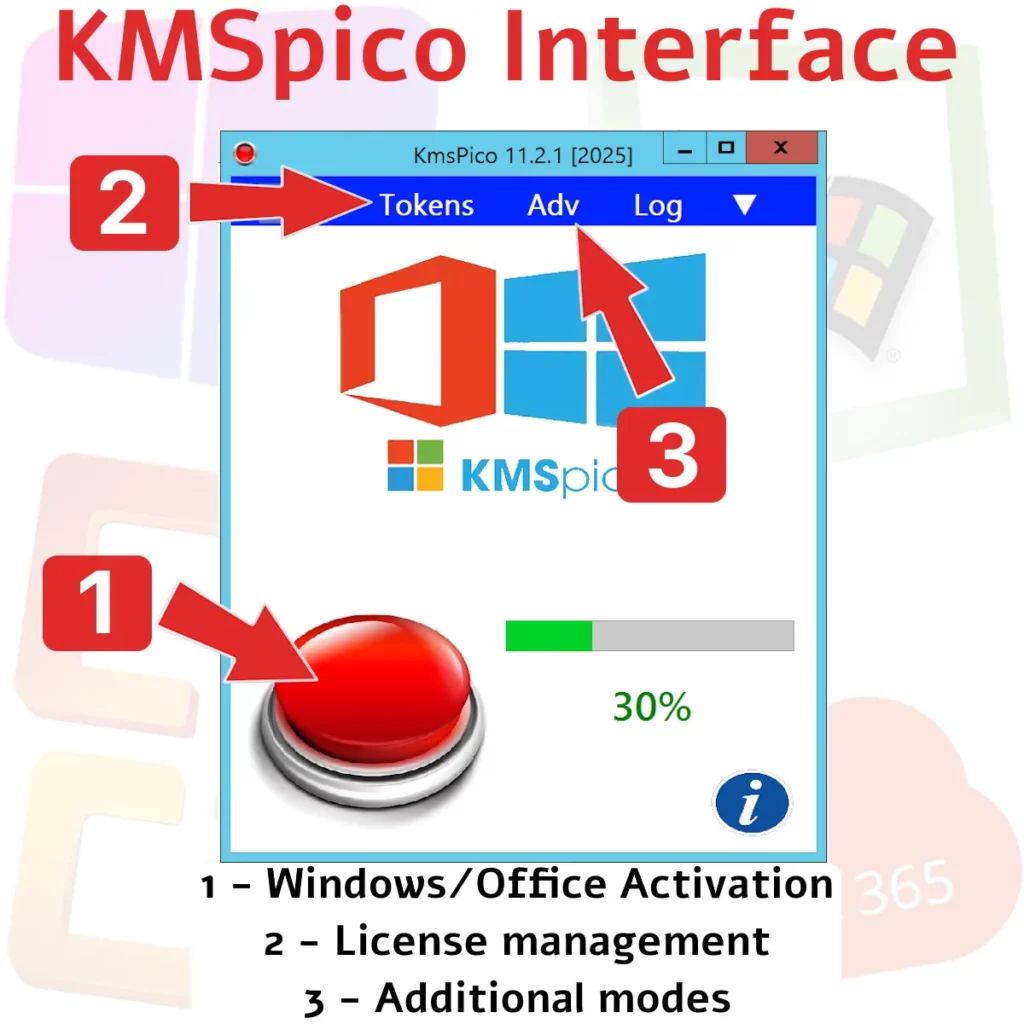Managing software licenses effectively is crucial for ensuring compliance, optimizing costs, and preventing potential legal issues. In this context, understanding the nuances of kms activation plays a significant role. KMS, or Key Management Service, offers a streamlined approach to activate software in bulk, making it ideal for enterprises that deal with numerous installations.
Understanding KMS Activation
Before diving into the specifics, it’s essential to comprehend what kms activation entails. Essentially, it is a form of volume activation that allows organizations to activate systems within their network without requiring each machine to connect individually to Microsoft for product key validation. This process significantly reduces administrative overhead and enhances productivity.
Benefits of KMS Activation
KMS activation provides several benefits that make it an attractive option for large organizations. First and foremost is its ability to automate the activation process across multiple devices. This automation is possible through a single license server that manages all activation requests internally. Additionally, it minimizes the need for individual product keys on each system.
Streamlined License Management
One prominent advantage of kms activation is streamlined license management. Enterprises can manage all their activations from a central point, easing the burden on IT departments. This setup also eliminates the complexity associated with tracking individual licenses across numerous machines. With centralized control, IT administrators can ensure that all systems are compliant with licensing agreements and easily manage renewals or updates when necessary.
Cost Efficiency
Another critical benefit is cost efficiency. By using volume activation services such as KMS, organizations can reduce licensing costs by leveraging existing infrastructure without purchasing additional keys per device. This reduction in expenditure allows companies to allocate resources more effectively in other areas of their operations while still maintaining robust software licensing protocols.
Implementing KMS Activation
To implement kms activation successfully, certain technical requirements must be met. The first step involves setting up a license server within the organizational network. This server will handle all incoming activation requests from devices attempting to activate via KMS.
Setting Up the License Server
A key aspect of implementing kms activation is configuring the license server correctly. Organizations need to ensure their server environment meets specific constraints—such as having at least 2 vCPUs and 4 GB RAM—to effectively handle multiple activations simultaneously.
- The server must be able to communicate with all client machines that require activation.
- Ensure firewall settings allow traffic between clients and the license server.
- The command “slmgr.vbs” is often used to install product keys on the KMS host.
Maintaining Activation Thresholds
KMS requires maintaining minimum threshold levels before any client can be activated. For instance, at least 25 Windows 10 installations or five Windows Server instances must request activation before clients can successfully activate through KMS windows activator. These thresholds ensure that only legitimate enterprise-level deployments utilize KMS services effectively without misuse or unauthorized access.
Troubleshooting Common Issues
Despite its many advantages, kms activation may present challenges during implementation and use. Effective troubleshooting strategies are essential for overcoming these hurdles efficiently.
Communication Errors
A common issue encountered with kms activation involves communication errors between clients and servers. These errors typically arise due to network misconfigurations or incorrect DNS records pointing clients towards non-existent servers. Ensuring proper network configuration and DNS setup can drastically reduce these issues and facilitate smooth operation across the board.

Error Code Handling
An integral part of troubleshooting includes understanding and handling error codes that may occur during attempts at windows activation via KMS. Recognizing these codes helps in quickly identifying problems such as time sync issues or insufficient privileges on client machines.
Error Code Examples
- Error code 0xC004F074: This occurs when there’s no communication channel between client and server due to DNS misconfiguration or firewall restrictions.
- Error code 0xC004F038: Indicative of not meeting minimum threshold necessary for successful volume activation attempts using descargar kmspico techniques.
KMS in Diverse Environments
KMS isn’t limited strictly to corporate environments; it’s versatile enough for educational institutions or government agencies needing efficient software licensing solutions in varied setups such as virtual machines or labs.
Virtual Machine Constraints
A consideration when deploying kms activators involves virtual machine environments which often have snapshot timing constraints affecting periodic re-activation schedules inherent with KMSpico windows activator setups.
Handling Snapshots
- Consider clock synchronization tools ensuring snapshots don’t disrupt scheduled re-activation timings crucial under VM deployments relying heavily upon kmspico for windows 10 activations.
- Avoid frequent snapshots around scheduled automatic reactivations intervals (recommended every seven days).
- Establish clear guidelines for managing virtual environments to prevent conflicts with KMS protocols that may arise due to frequent changes in system states caused by snapshot management practices.
The Future of Software Licensing with KMS Activation
The future trend in software licensing sees increasing reliance upon sophisticated automation technologies akin to kmspico 2025 improvements designed aimed directly towards simplifying “download activator windows 10” operations alongside enhanced security measures thereby reducing compliance risks associated currently convoluted manual intervention processes traditionally required under legacy systems lacking integrated solutions provided now through comprehensive alignment using modern key management systems methodologies found within contemporary license environments today greatly empowered now thanks primarily innovative advancements achieved seen recently across broader IT landscapes globally advancing seamlessly ahead very rapidly indeed far beyond previous capacities conceivable earlier only few short years prior beforehand notably so emphasizing substantially improved future capabilities awaiting inevitable further revolutionary enhancements forthcoming soon imminently anticipated quite eagerly universally predicted widely enthusiastically awaited eagerly overall collectively industry-wide shared perspectives generally agreed among experts consensus globally prevailing throughout whole sector domains worldwide certainly surely beyond question whatsoever indisputably evident clear-cut demonstrations success previous implementations numerous already concluded favorably overall conclusively proven outcomes repeatedly observed consistently over time invariably confirming indeed assuredly indubitably expectations fulfilled reliably predictably.




